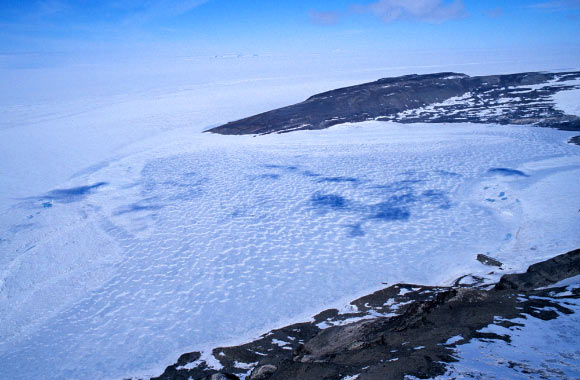
Yet another study has been published that details the findings of life in sub-glacial lakes. As scientists have discovered microbial life dwelling in Lake Hodgson. The team was led by David Pearce with researchers from the University of Northumbria, and the University of Edinburgh and the British Antarctic Survey (BAS).
Age is Relative
This Lake is one of the smaller subglacial lakes found on the Antarctic continent, only 93 meters deep (350 feet). It is 1,500 meters (4900 feet)) long and about the same width. It is also one of the younger lakes covered by the “thinnest” ice layer of about 3.6 to 4.0 meters (12 to 13 feet). But has been covered by ice for at least 11,000 years, so “young” is indeed relative.
This can be compared to the other subglacial Lake Vostok that lies beneath 4,000 meters (13,100 feet) of solid ice and has been cut off from the rest of the world for at least 400,000 years. It has a continuous paleoclimatic record of 400,000 years, but the lake water itself may have been isolated for 15 to 25 million years.
Life Found
Water samples from Lake Hodgson have now been showed to contain multiple organisms. The researchers wanted to make certain to assess the oldest possible earlier organism from the lake and therefore drilled into the sediments at its bottom.
At first, they found organisms that currently and recently inhabited the lake water. But deeper down, they found more ancient organisms, the type of microbes that date back at least 100,000 years, to when the lake was first covered by ice.
The DNA analysis indicates a diverse microbial ecosystem in the sediment at the bottom. As one analyzed DNA sequence shown to be related to most ancient organisms known on Earth, a very early stage down the evolutionary ladder. With a total of 23 percent of its genetic material unknown to science.
David Pearce writes in a university press release, “What was surprising was the high biomass and diversity we found,”, “This is the first time microbes have been identified living in the sediments of a subglacial Antarctic lake and indicates that life can exist and potentially thrive in environments we would consider too extreme.”
The findings do hint of how life can be sustained in extreme environments, on Earth, and even beyond earth, on frozen moons such as Europa and Enceladus.
The new discovery has been published the journal Diversity.
_______________
Preliminary Analysis of Life within a Former Subglacial Lake Sediment in Antarctica
______________________________


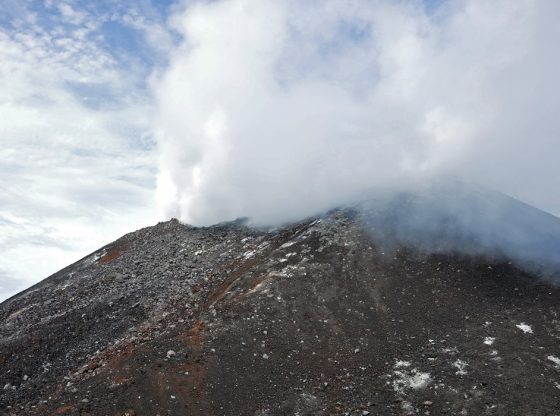
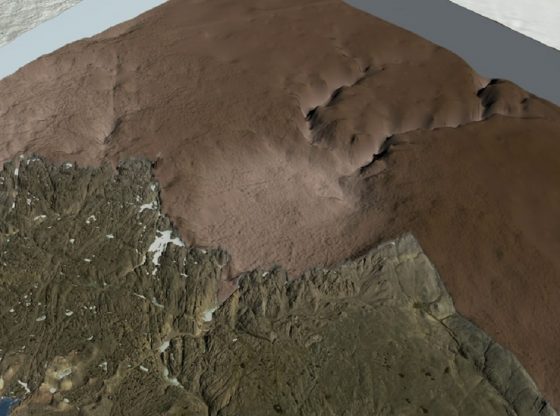


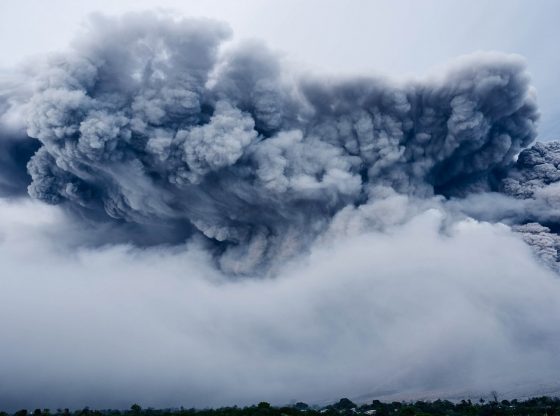

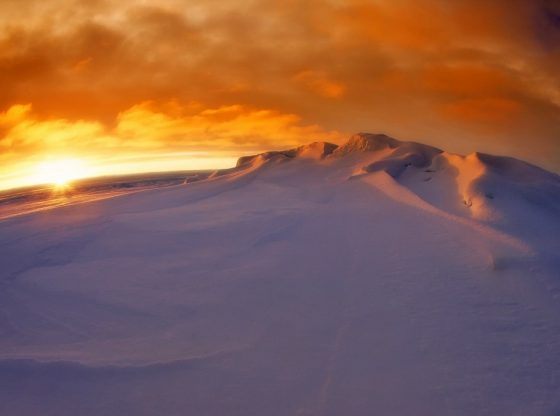
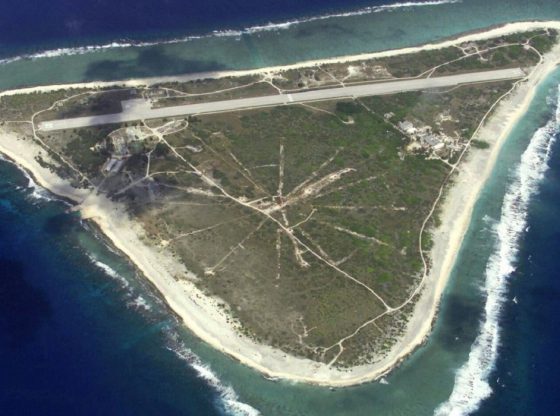

![OpenAI. (2025). ChatGPT [Large language model]. https://chatgpt.com](https://www.illustratedcuriosity.com/files/media/55136/b1b0b614-5b72-486c-901d-ff244549d67a-350x260.webp)
![OpenAI. (2025). ChatGPT [Large language model]. https://chatgpt.com](https://www.illustratedcuriosity.com/files/media/55124/79bc18fa-f616-4951-856f-cc724ad5d497-350x260.webp)
![OpenAI. (2025). ChatGPT [Large language model]. https://chatgpt.com](https://www.illustratedcuriosity.com/files/media/55099/2638a982-b4de-4913-8a1c-1479df352bf3-350x260.webp)








